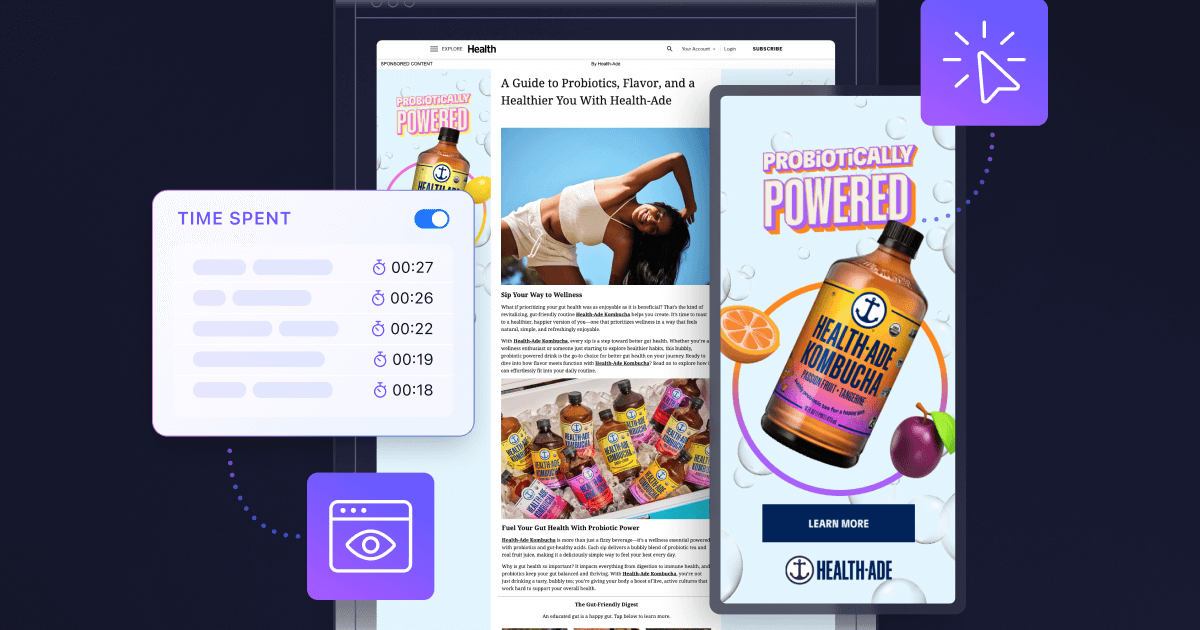Maybe Don't Give Your Audience the Benefit of the Doubt: The Case for Simplifying Finance Content
.png)
Written by Jack Lopez, Senior Client Success Manager at Nativo Inc.
When I was in High School, I read The Great Gatsby, was taught that mitochondria are the powerhouse of the cell, and learned how to gender nouns in a language I have long since forgotten. I spent countless hours digesting complicated calculus equations, but now use Excel to check my multiplication. I did NOT learn how to budget, write a check, or file my taxes. The first time I paid rent, I had to google where to find my routing number. When researching my first apartment, I sought help again, trying to figure out how much of my paycheck should go towards rent. Financial content needs to be simplified because although many people are financially literate, it’s borderline, and there are plenty of situations where we need help.
The Missing Resources
Younger audiences severely lack accredited personal finance resources, with teenagers reporting that they are learning from their parents, school, and social media. According to a 2021 study, only 36% of Gen-Z adults scored above a 50% on a financial literacy test. The problem here is simple - Gen-Z and young millennials are coming to an age where they need to make decisions about their money, and they are underprepared.
Gen-Z and young millennials are coming to an age where they need to make decisions about their money, and they are underprepared.
Simple problems typically require simple solutions: there are plenty of financial advertisers with blogs, help pages, and other resources to help educate these audiences. The issue arises in the disconnect between finance content and the consumption habits of younger audiences. Typical financial content is long-form and dense, riddled with gatekeep-esque acronyms, and includes rates and numbers that can be hard to conceptualize when you hear them for the first time. While resources like this often are thorough, they’re rarely the most effective way to engage with younger audiences.
Keep It Simple, Stupid
The knowledge gap between financial experts and their audience is sizable and traditional long-form editorial often doesn’t reflect that reality. The secret is to meet your audience where they're at. Make your content concise and easy to understand. Use an approachable tone. Explain any acronyms or industry terms. Use non-financial analogies to make concepts more clear. If you include numbers, percentages, or rates, provide context. And beyond what you say, look at how you’re saying it. What can you do to make your content accessible? For example:
- Add visuals – Charts, pictures, diagrams, and infographics all work
- Break up copy blocks - Use subheads, bullets, or numbered lists
- Highlight critical information - Think to pull quotes or “key takeaways”
Don’t Make It Harder
Personal finance is overwhelming, especially if you’re new to it. It’s hard enough adjusting to the fact that all that calculus knowledge became useless to 75% of people the moment they graduated. When in doubt, err on the side of simplicity. Or, in the immortal words of Michael Scott, “explain it to me like I’m five”.
Learn more about what content consumers need in our recent webinar, Unlock the Mind of the 2023 Consumer.


.jpg)


